On a 70 nautical mile voyage from Brighton to Dover we were sailing under the gennaker for about 20 miles. The local boats searched for better winds by hugging the white limestone cliffs. For us however these were unknown waters and we kept a good distance to the lee shore by sailing a more offshore route. Again we enjoyed sailing while the gennaker was pulling in wonderful sunshine.
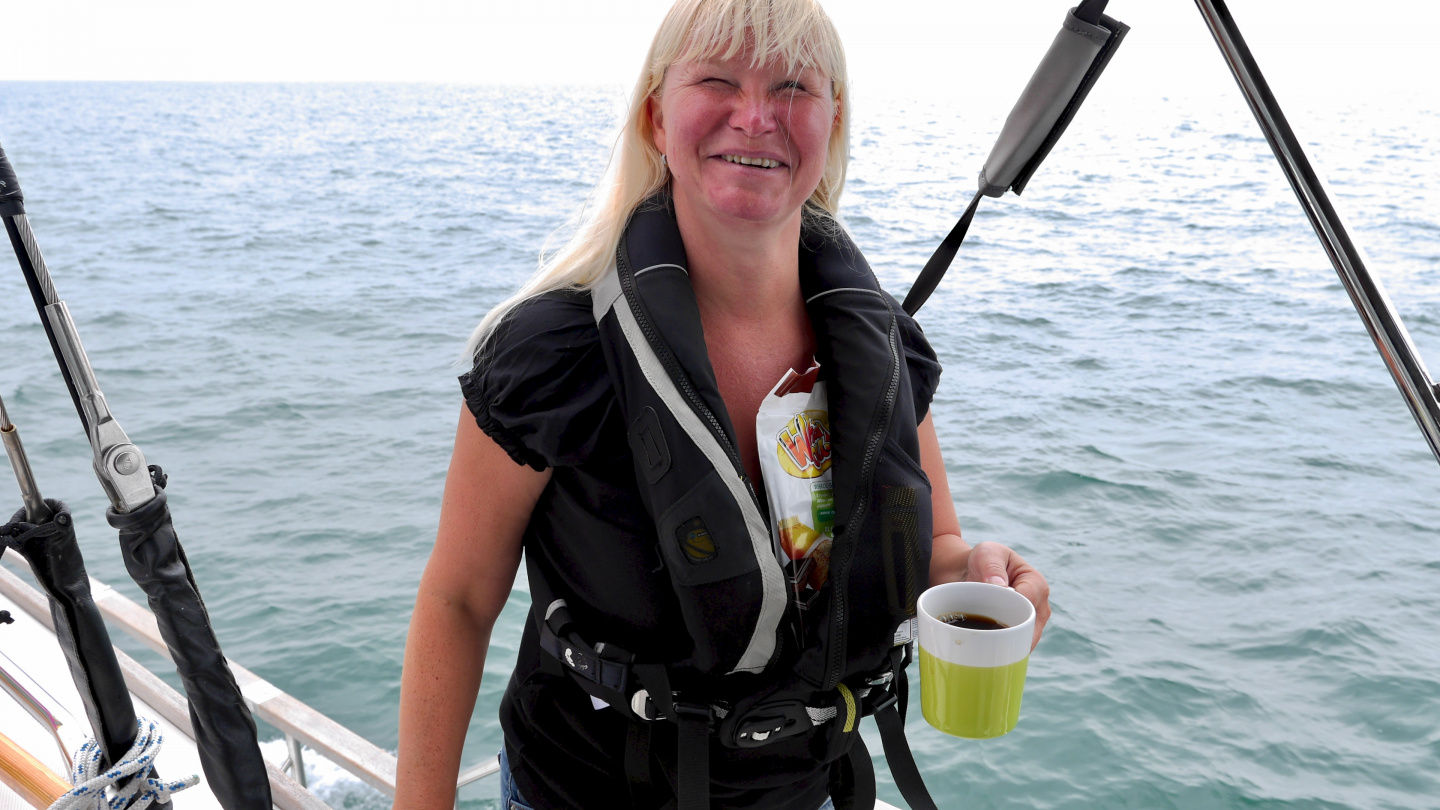
The morning trouble with the current in Brighton postponed our departure and the late departure together with the current on a nose delayed our voyage quite a bit. We arrived to Dover just after the midnight. When we were asking for permission to enter the harbour from Port Control, the permit was granted immediately. They also noted that the marina is full but we can anchor in the harbour basin. It was almost 1am when the hook was dropped. Soon we were under the blankets enjoying Suwena’s swinging on the anchor.
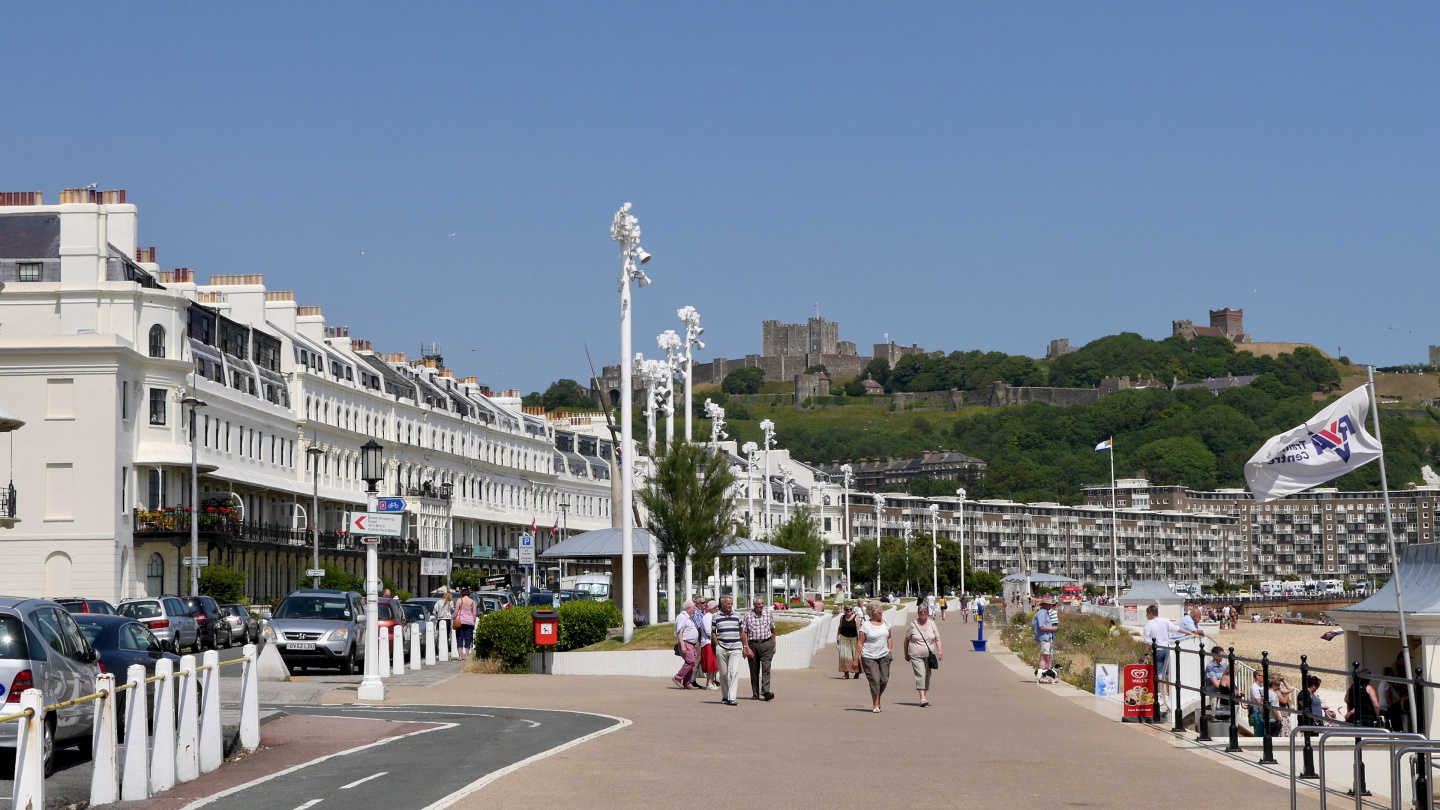
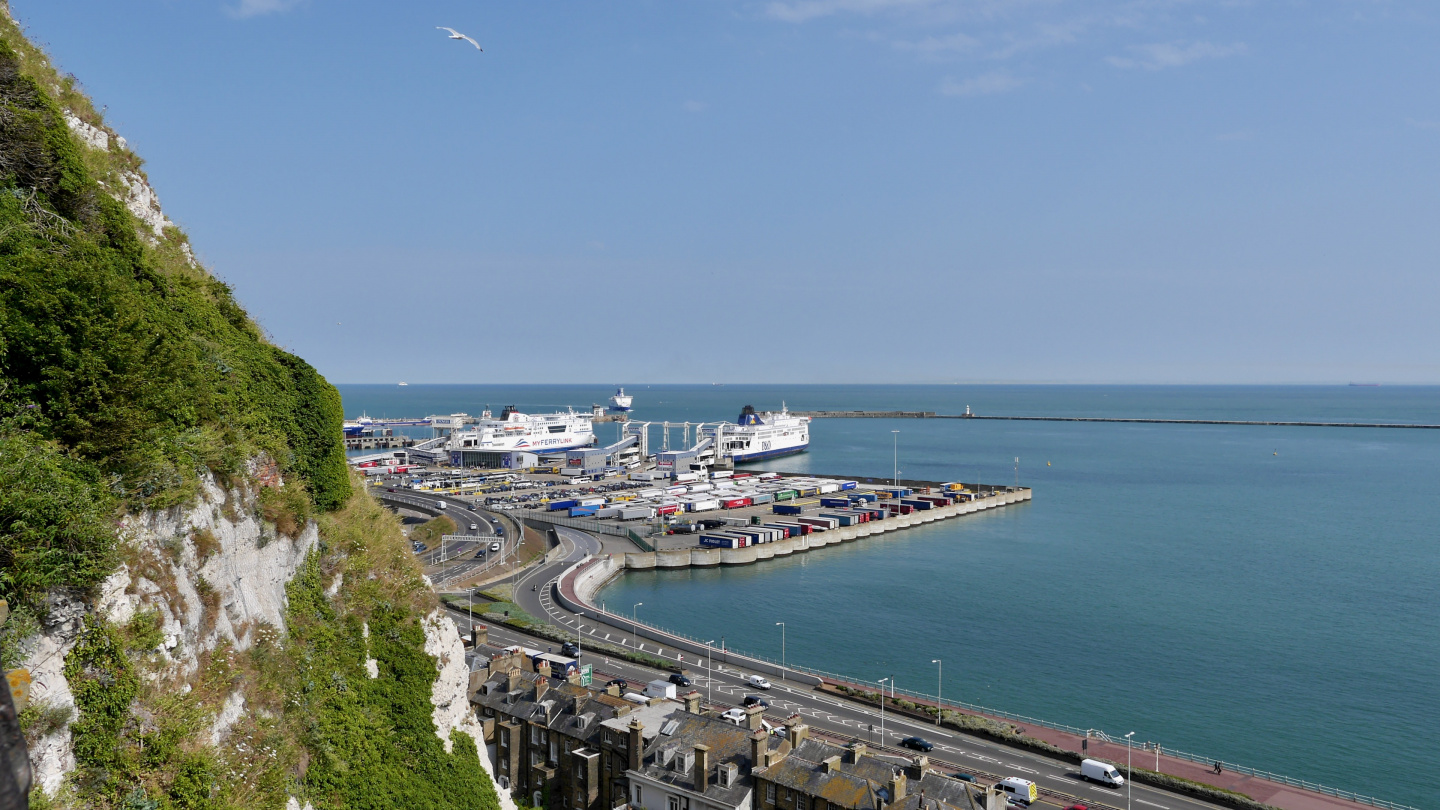
In the morning, still anchored, Andrus asked on VHF for a free berth in the marina. There are three docking areas for pleasure boats in the Dover Marina. The first one is on tidal area. The other two, Wellington dock and Granville dock are behind the tidal gate. We got a berth in the Granville dock.
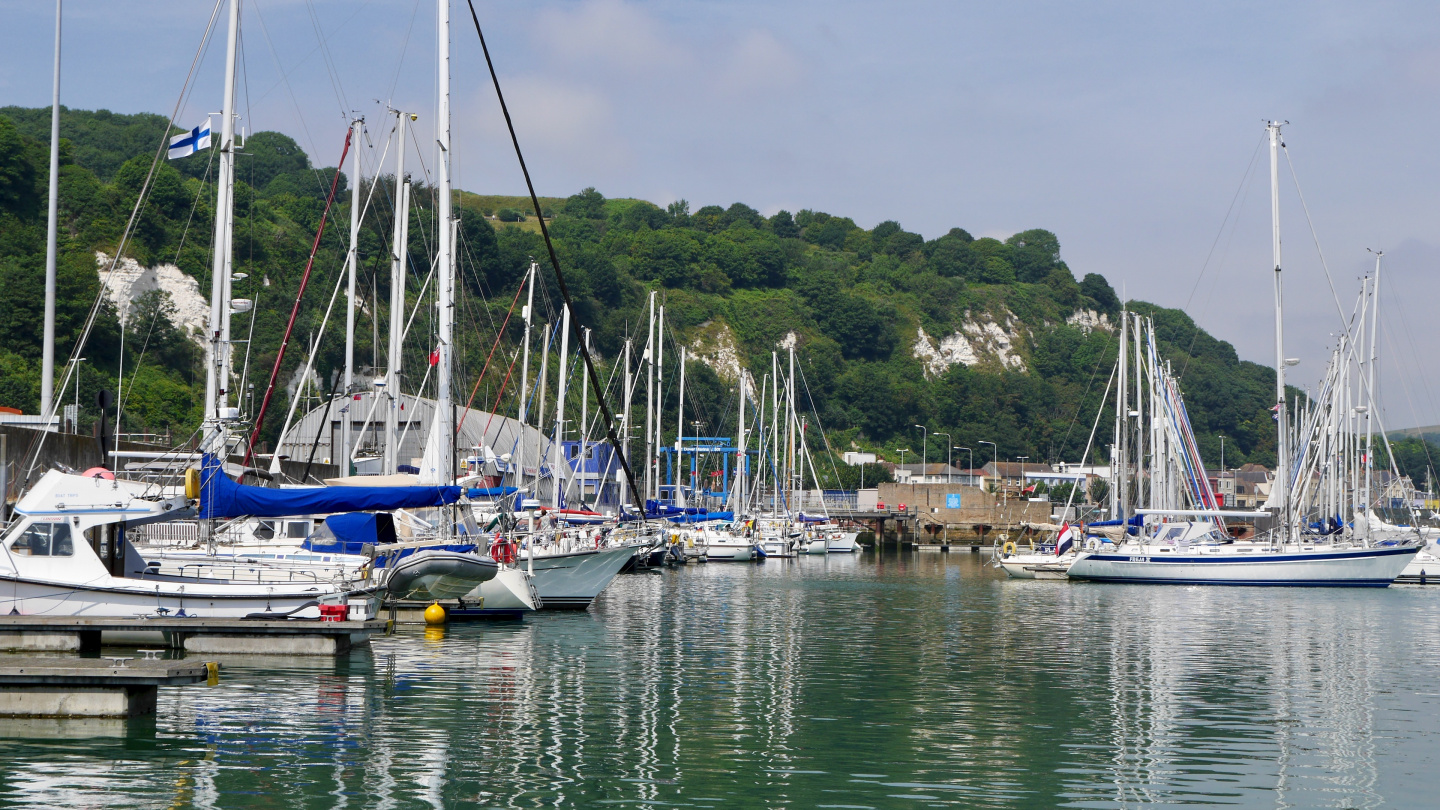
After the water had raised enough the gate was opened and we entered the marina basin. The berth was excellent with long fingers to support Suwena. Also the marina office was very efficient and had the most friendly staff that we had met during this summer. +1 to the crew of Dover marina.
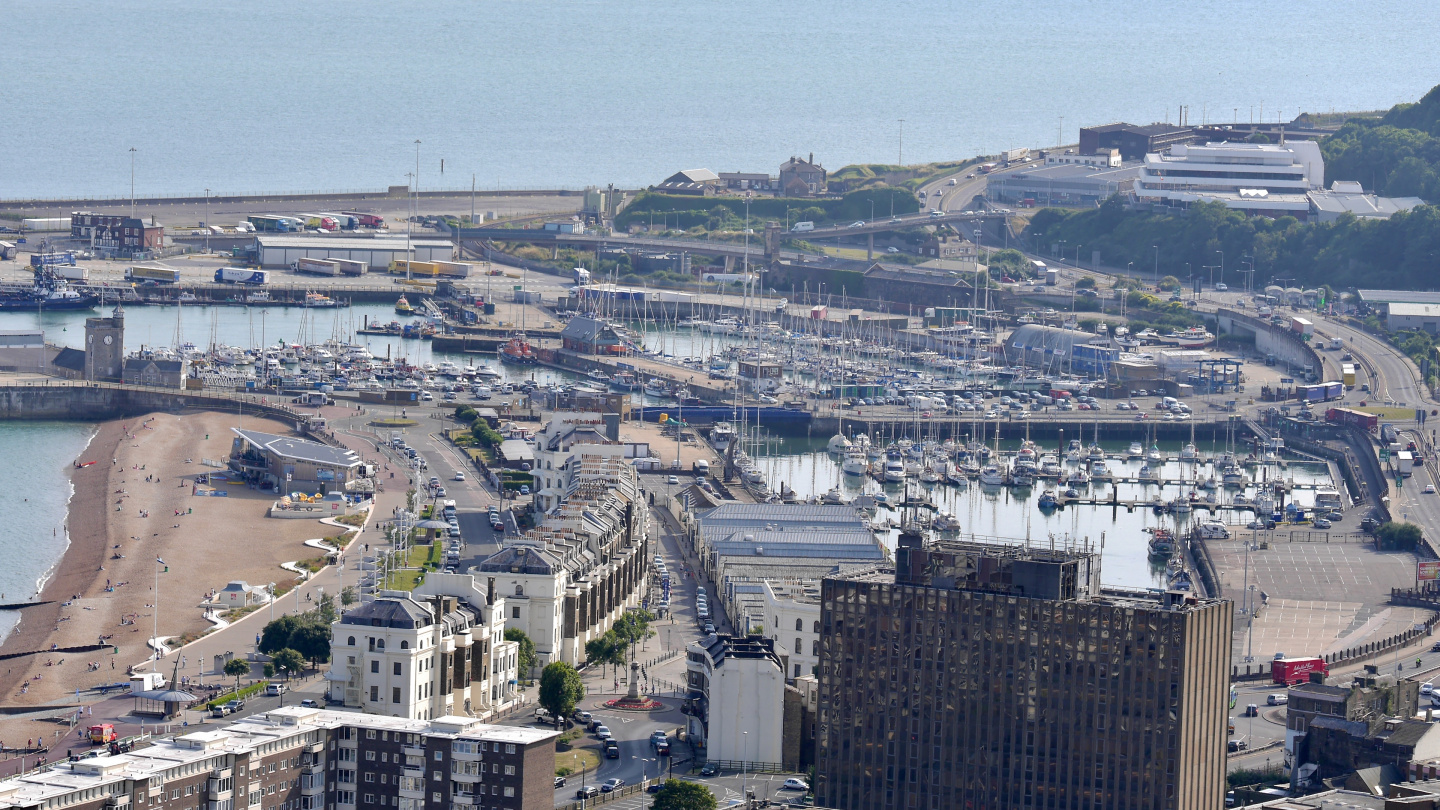
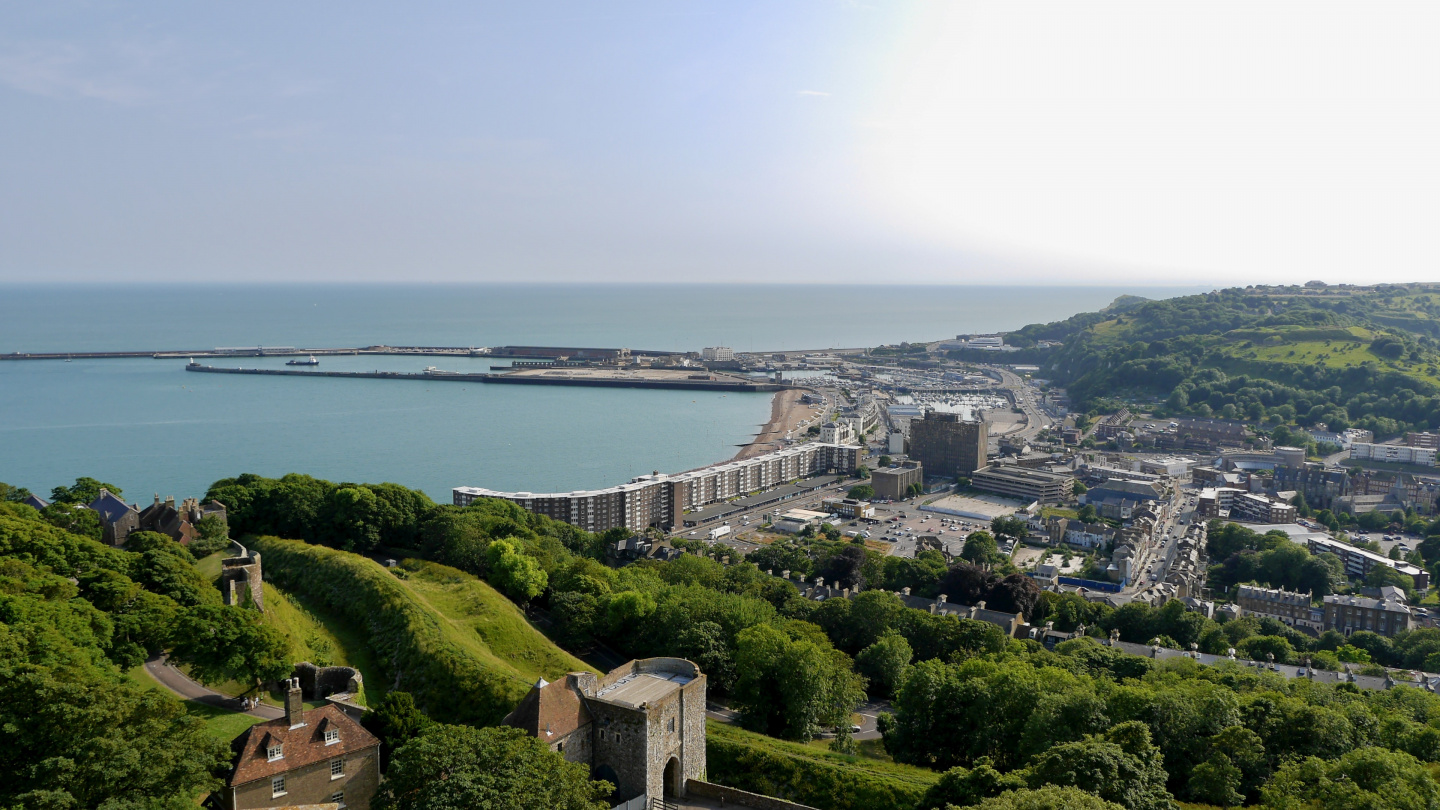
The most important sight in Dover is definitely the medieval Dover castle and we were visiting there on Friday. From marina we walked towards the castle. First thing was to climb the long stairs up to the cliff. The Dover castle is the biggest medieval castle in England. You should really reserve a plenty of time for the visit because there is so much to see. For us the five hours passed in a flash.
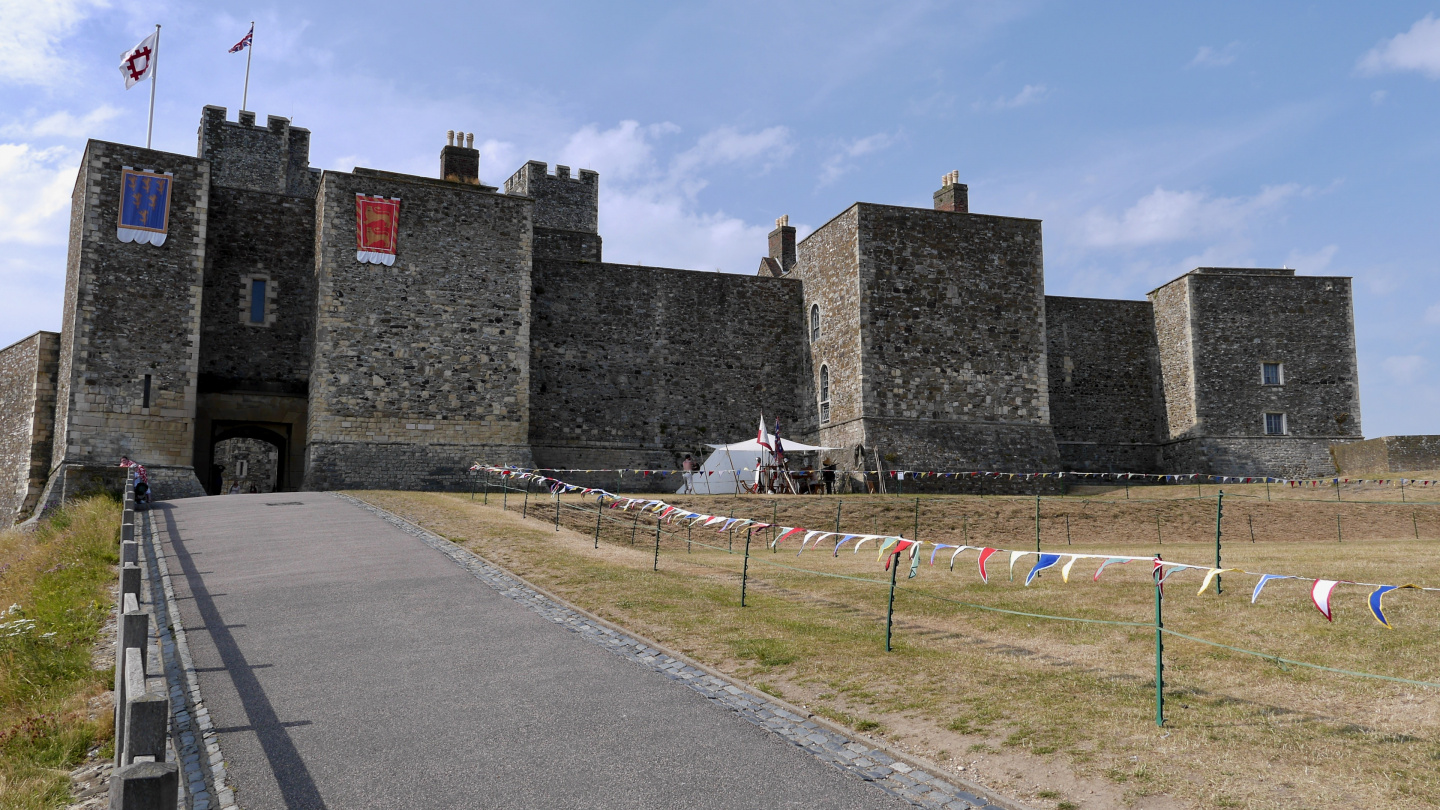
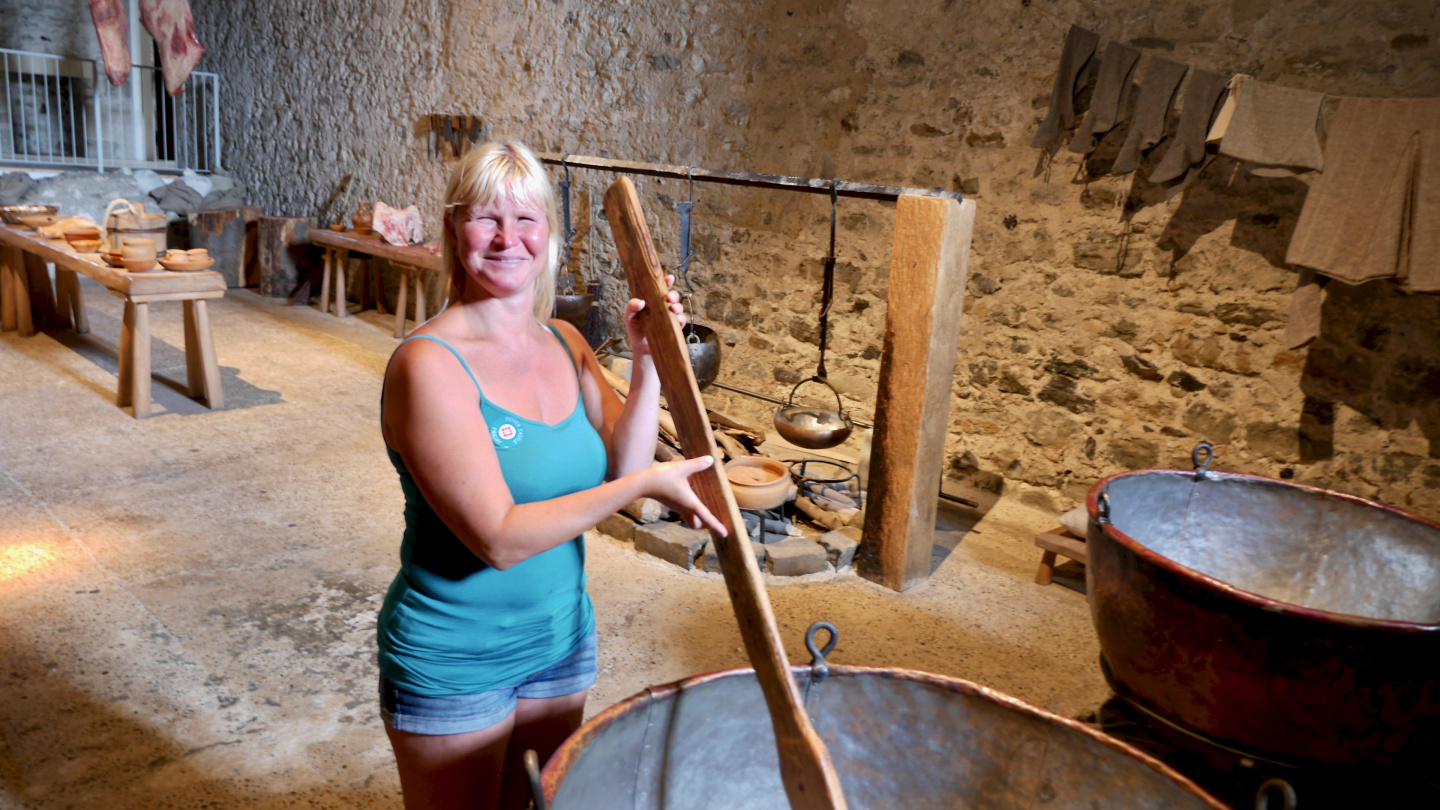
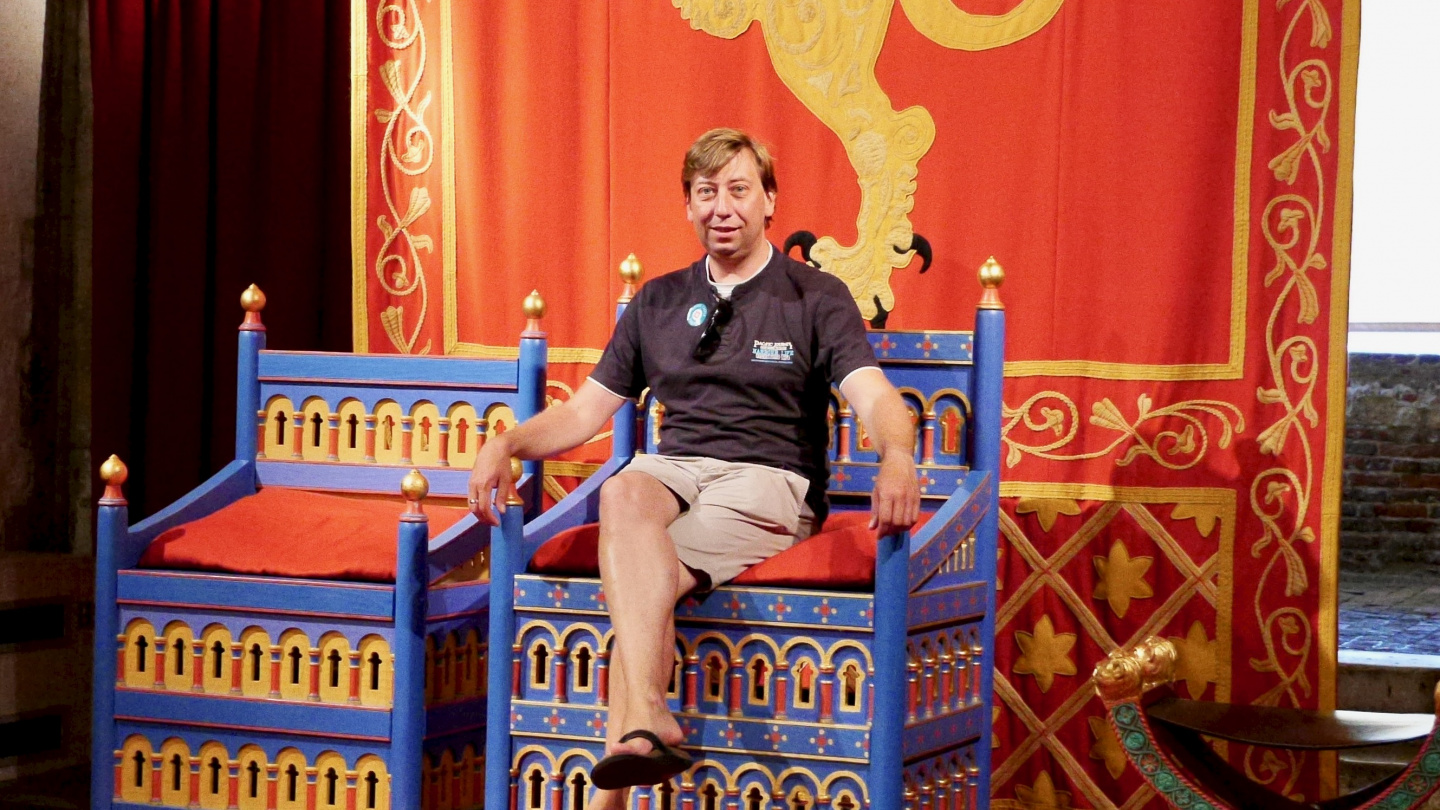
Already the Emperor Julius Caesar had discovered the natural harbour of Dover. The Romans built two lighthouses from which the other called Pharos is still existing and can be visited in the area of Dover castle. The feeling was incomprehensible to stand inside the lighthouse and think about how much water has passed through the English Channel after the days of Caesar.
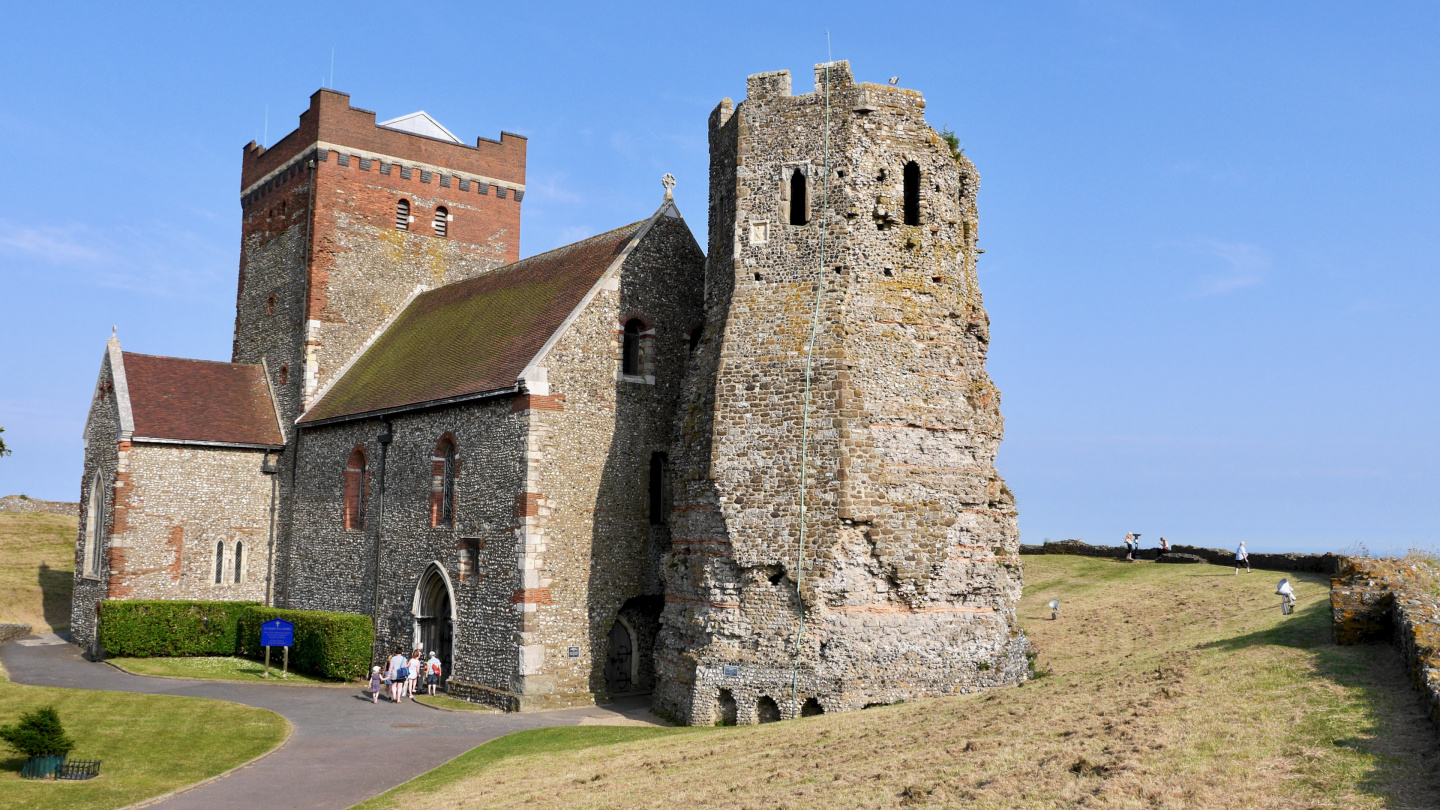
The Dover castle was built by the King Henry II in the 12th century. Of course later the castle has been the centrepiece of many wars. Especially during the World War II the Dover played a major role in the defence of the Allies. Today it is possible to participate in the multimedia presentation in the secret wartime tunnels. In the presentation we experienced the nine days of operation Dynamo during which Dunkirk was evacuated in 1940. The evacuation saved 338226 Allies soldiers under the command of Admiral Sir Ramsay. In total 933 boats and ships participated in the operation to save soldiers from the siege of Germans.
When standing on top of the Dover cliffs, that are located only 35 kilometres from France, only then we could understand how tense was the situation during the war time. There is often fog on the English Channel and the enemy could have engaged their plans quite freely. There were the first radars to follow the ships and planes but they were not so accurate as today. In the wall of the tunnels there was also a rare enlargement of photo about German high command standing on the coast of France and looking at Dover. Unfortunately the photographing inside the tunnels were forbidden.
In the Dover castle it is also possible to visit the wartime underground hospital and medieval tunnels as well. We reached the tunnels quite late in the afternoon and we weren’t in the mood to test how they make sure that all the tourists are out from the tunnels before closing the gates for the night.
The Dover castle itself is also an interesting sight. Like usual in medieval style there is one fireplace on each big hall or room. However there might have been still quite cold in the bedroom of Henry II when the curtains to huge pillar bed were closed dispite of the huge fireplace being lit. After roaming around the halls of the castle for some time we climbed up to the roof of the castle. The view over the lands of the castle was unbelievably beautiful. At the same time we could follow numerous boats and ships sailing on the Dover Strait and the peaceful countryside of Kent. Also the busy shipping traffic on the English Channel concretised to us when the ships were going in continuous line until the horizon. There are over 400 ships passing the strait every day.
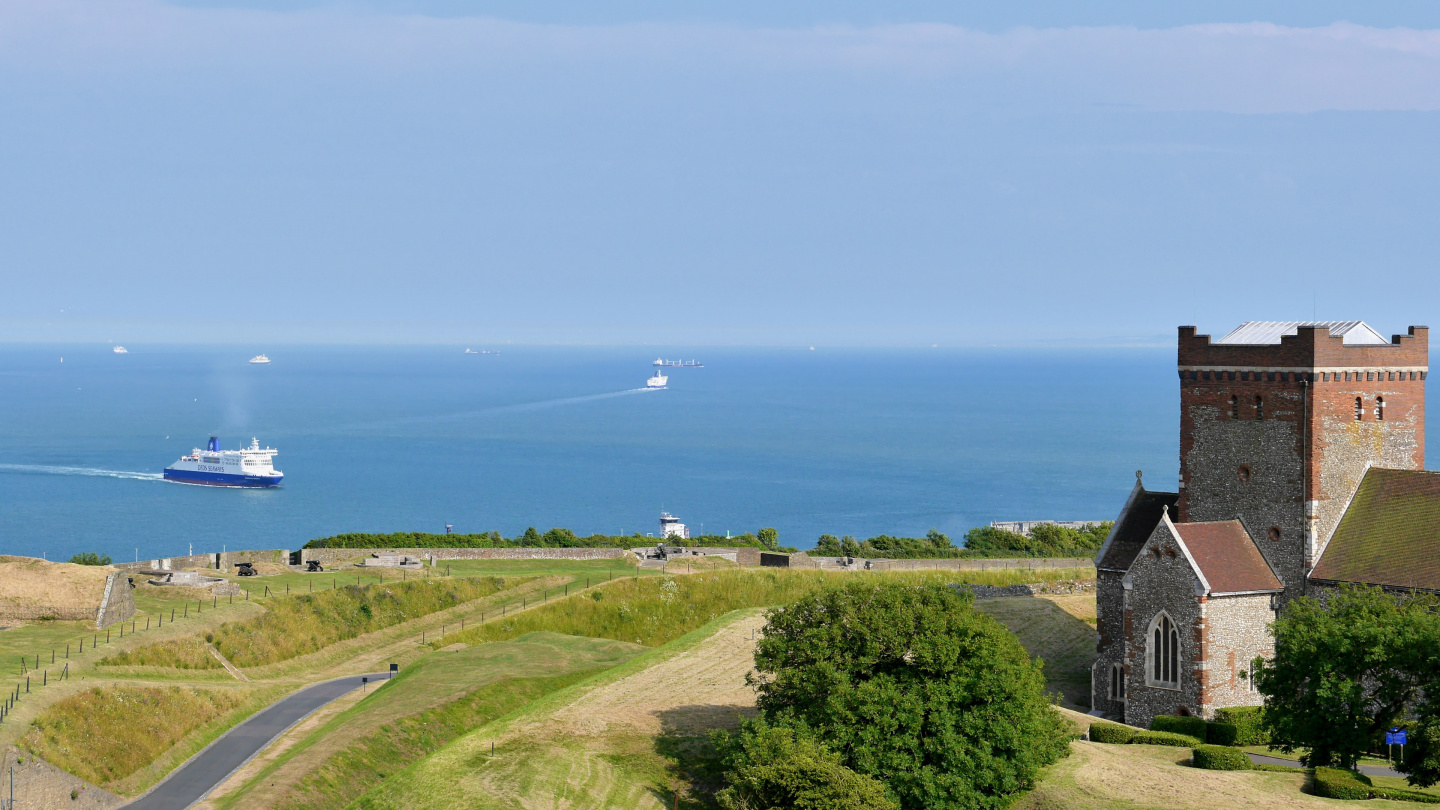
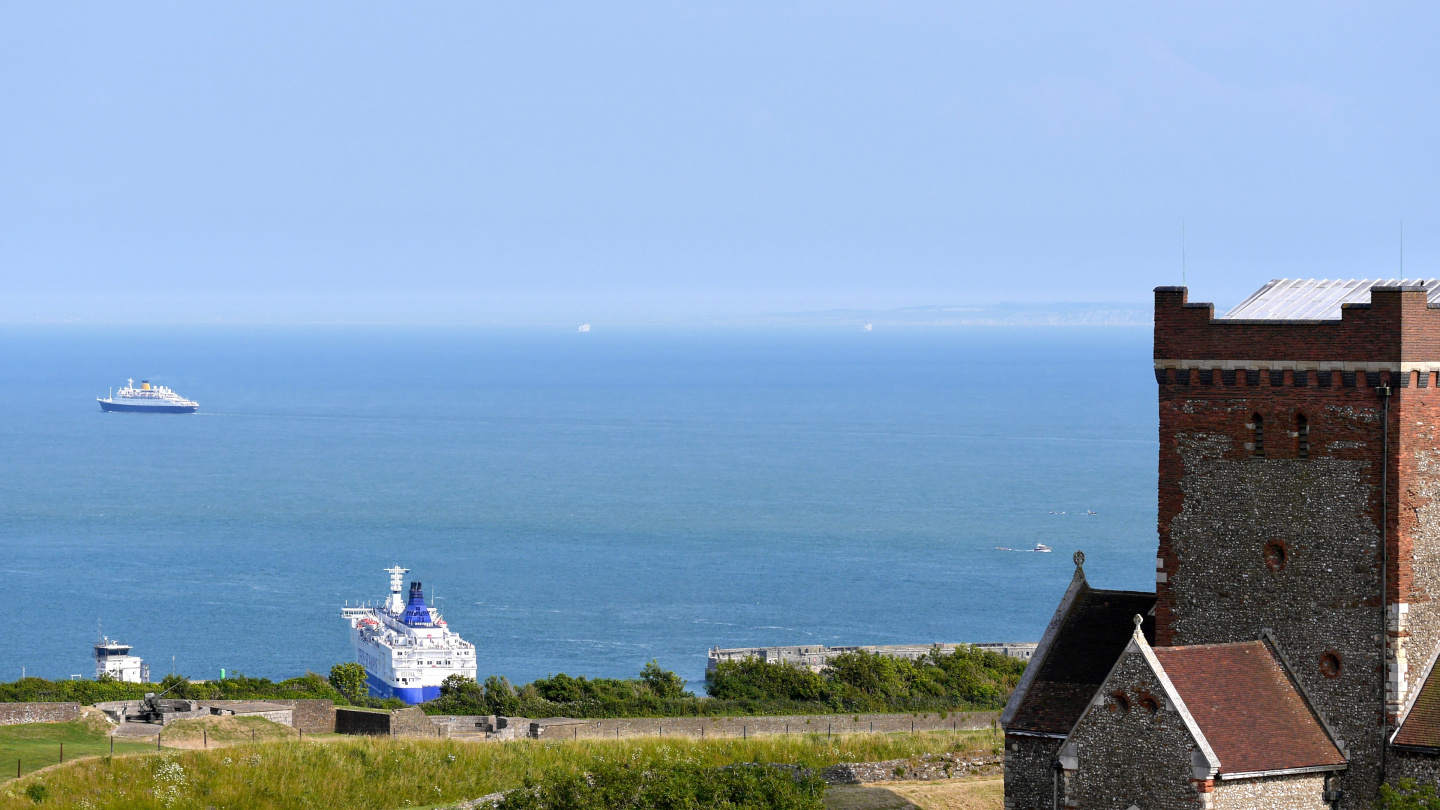
When we returned from the history trip back to the streets of Dover we headed our tired steps directly to the yacht club. Already when arriving to the marina we got an invitation to the clubhouse of local sailing club. There are about 300 members on the Royal Cinque Ports Yacht Club and about half of them are yachtsmen. We spent a relaxing evening at the clubhouse where we could taste beers and select the one we like before ordering. Finally we managed to enjoy the local beer brewed nearby in Kent.

